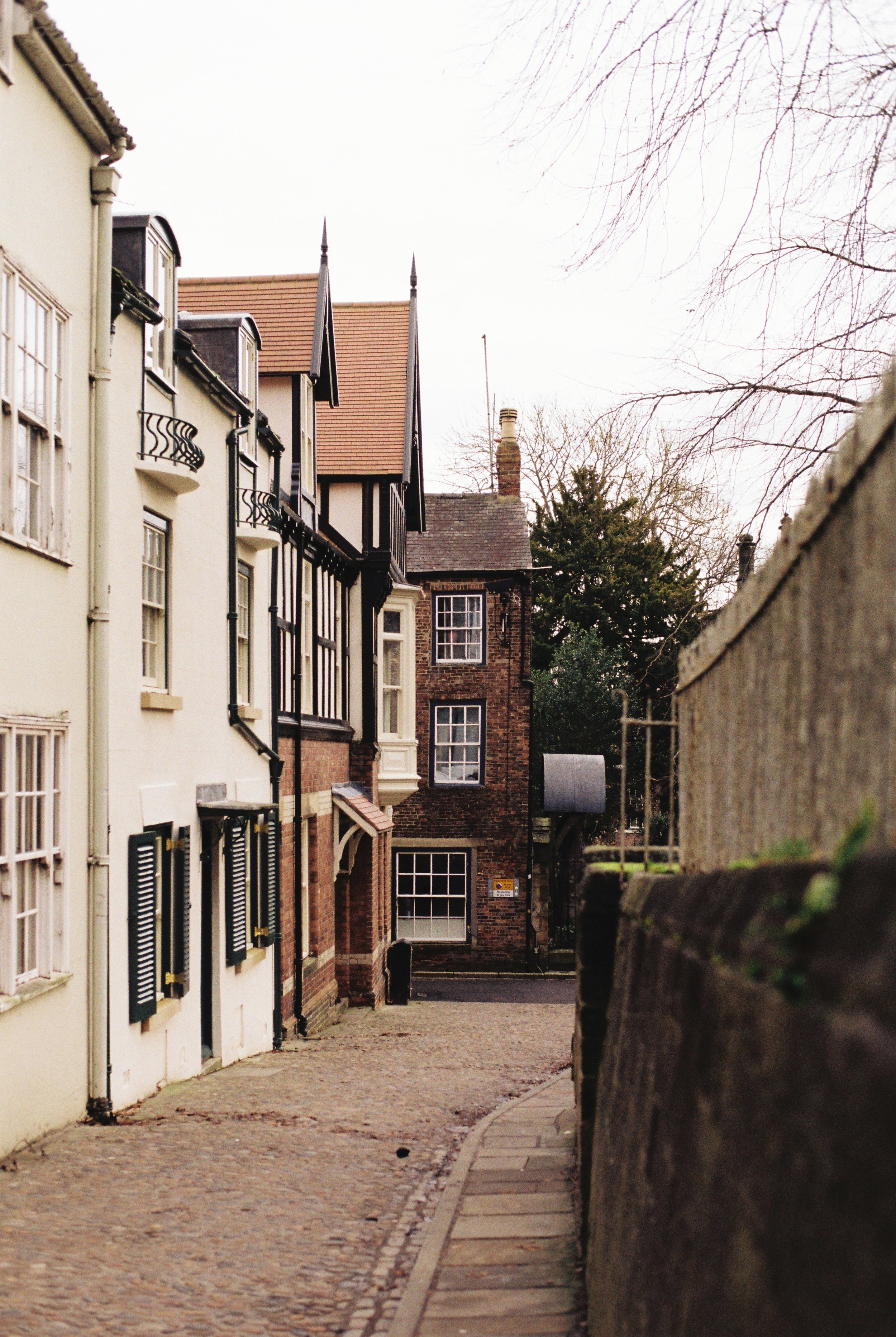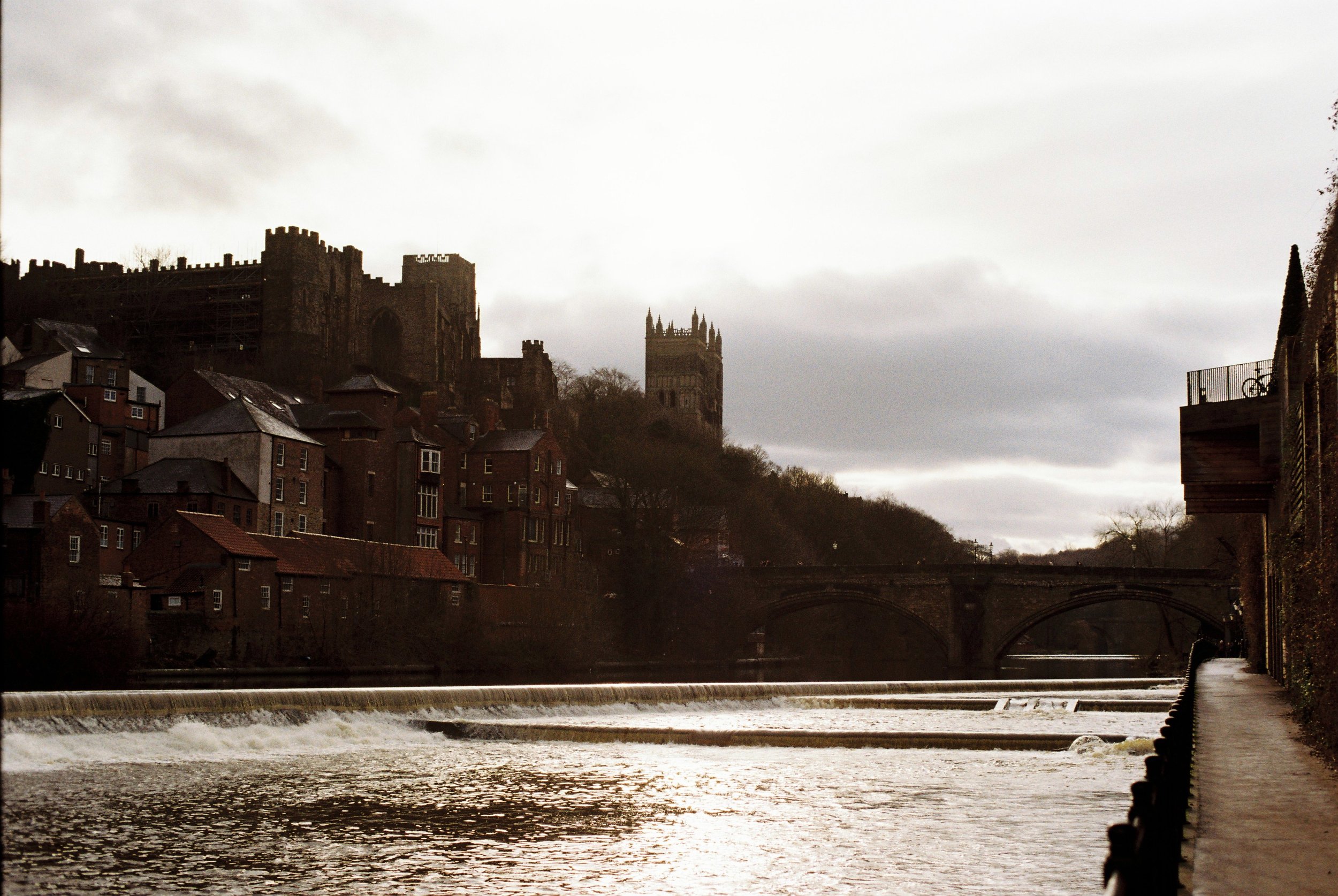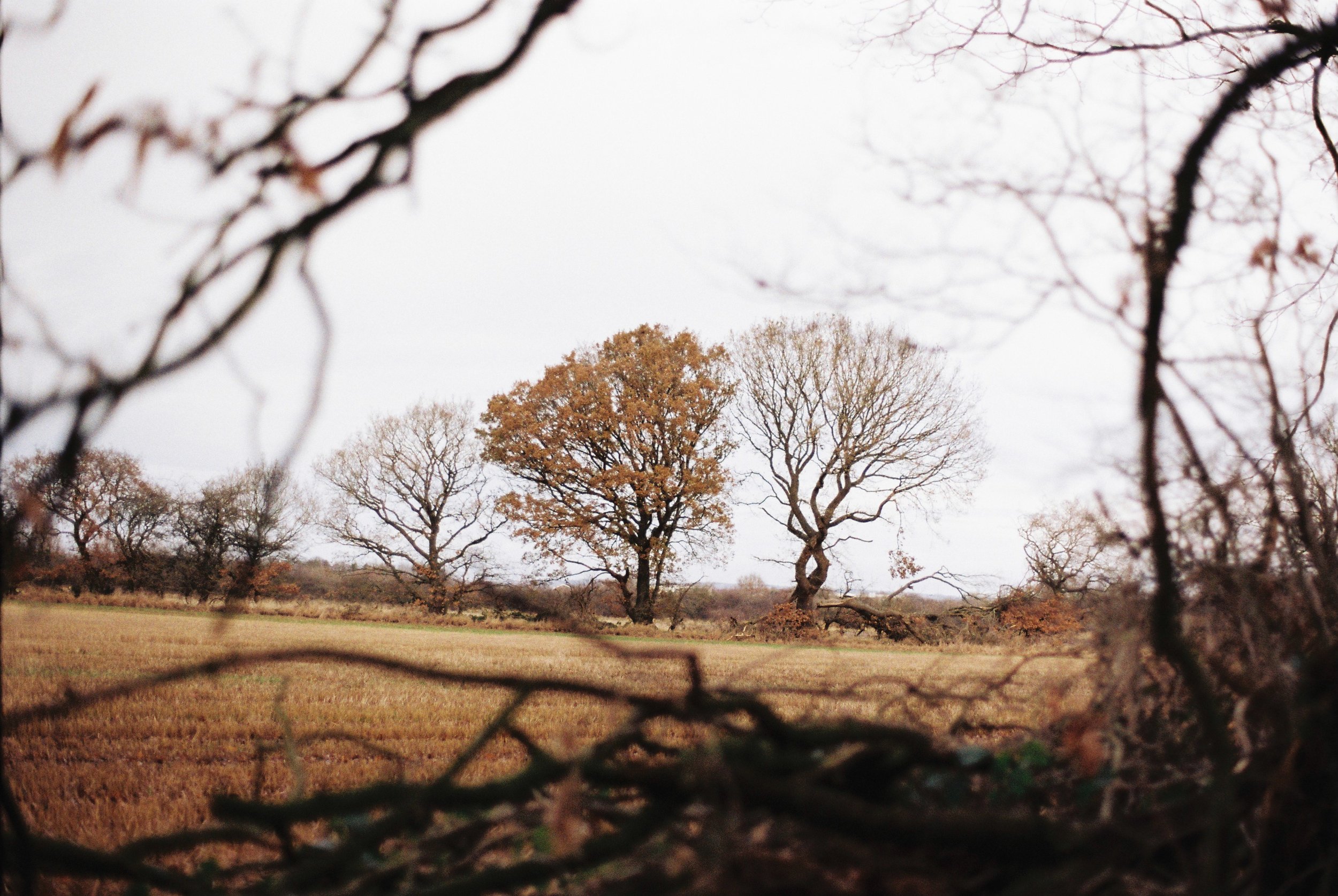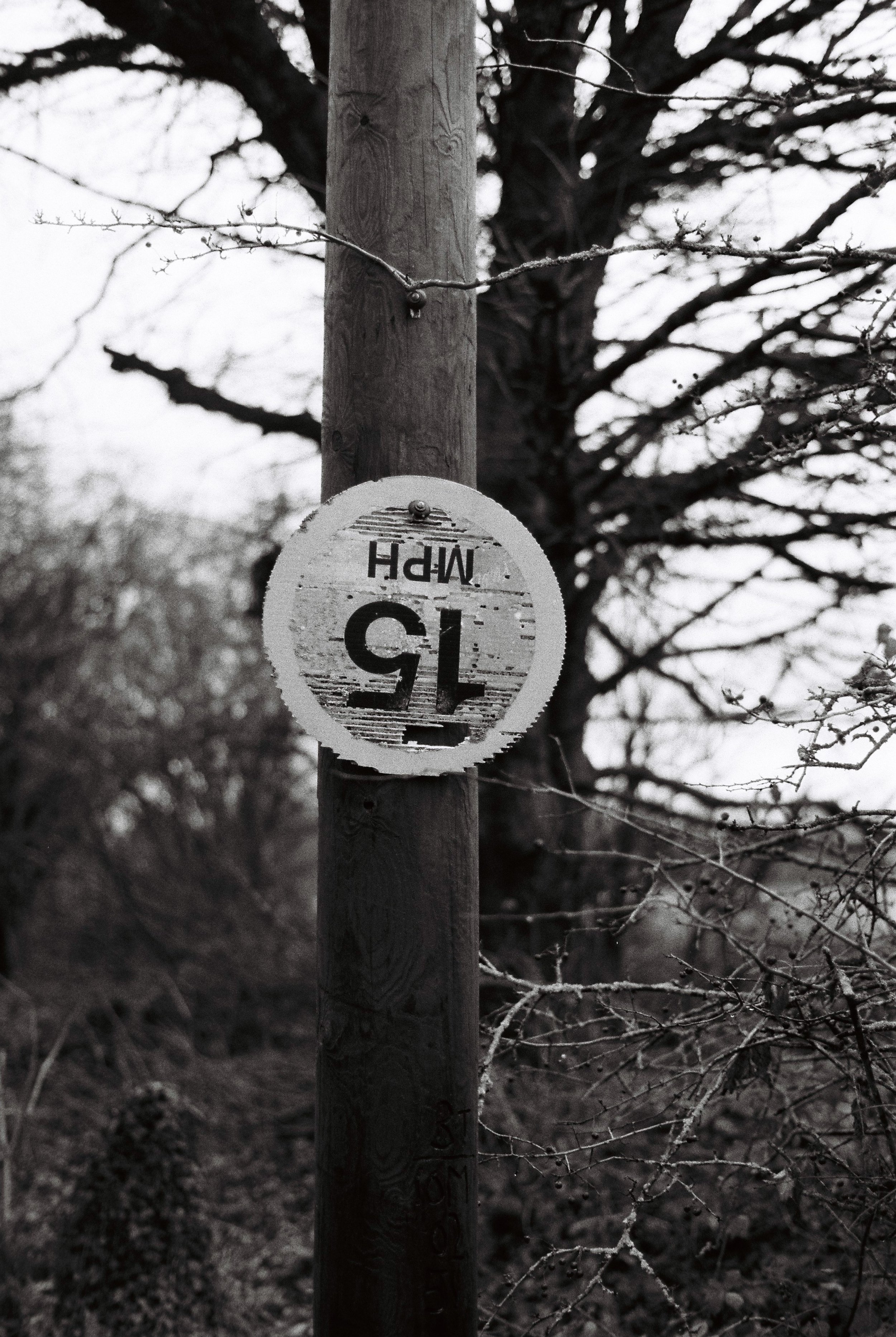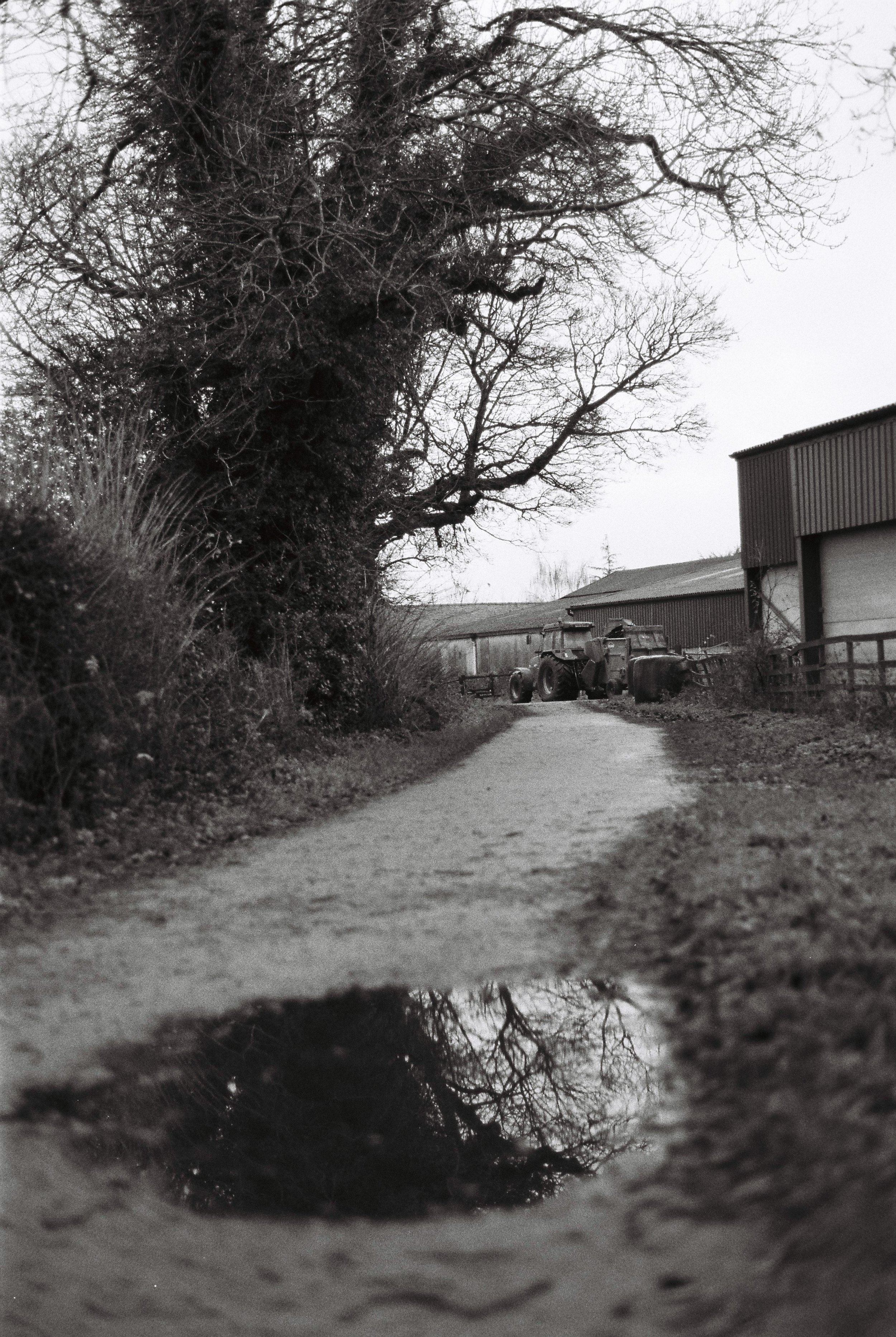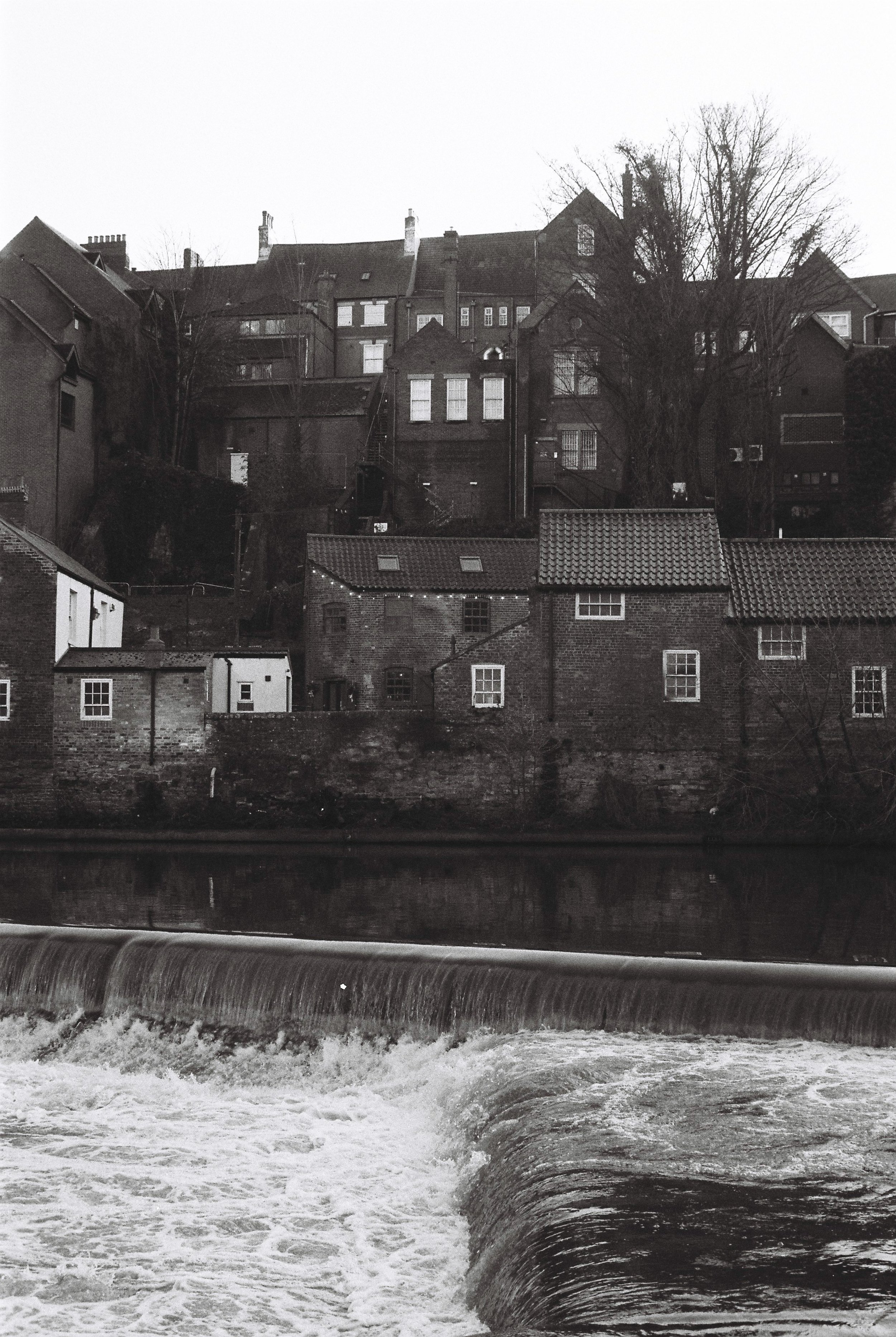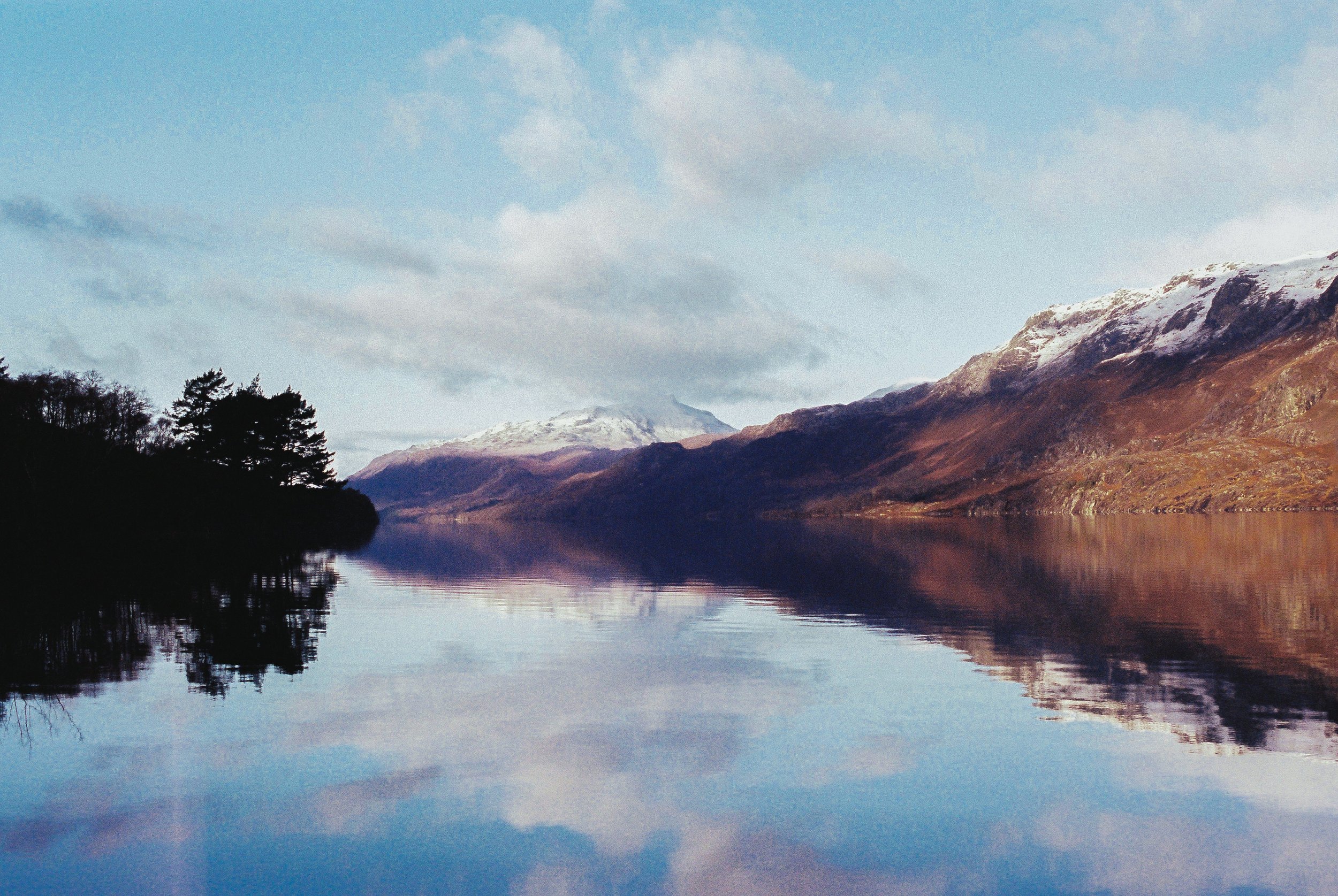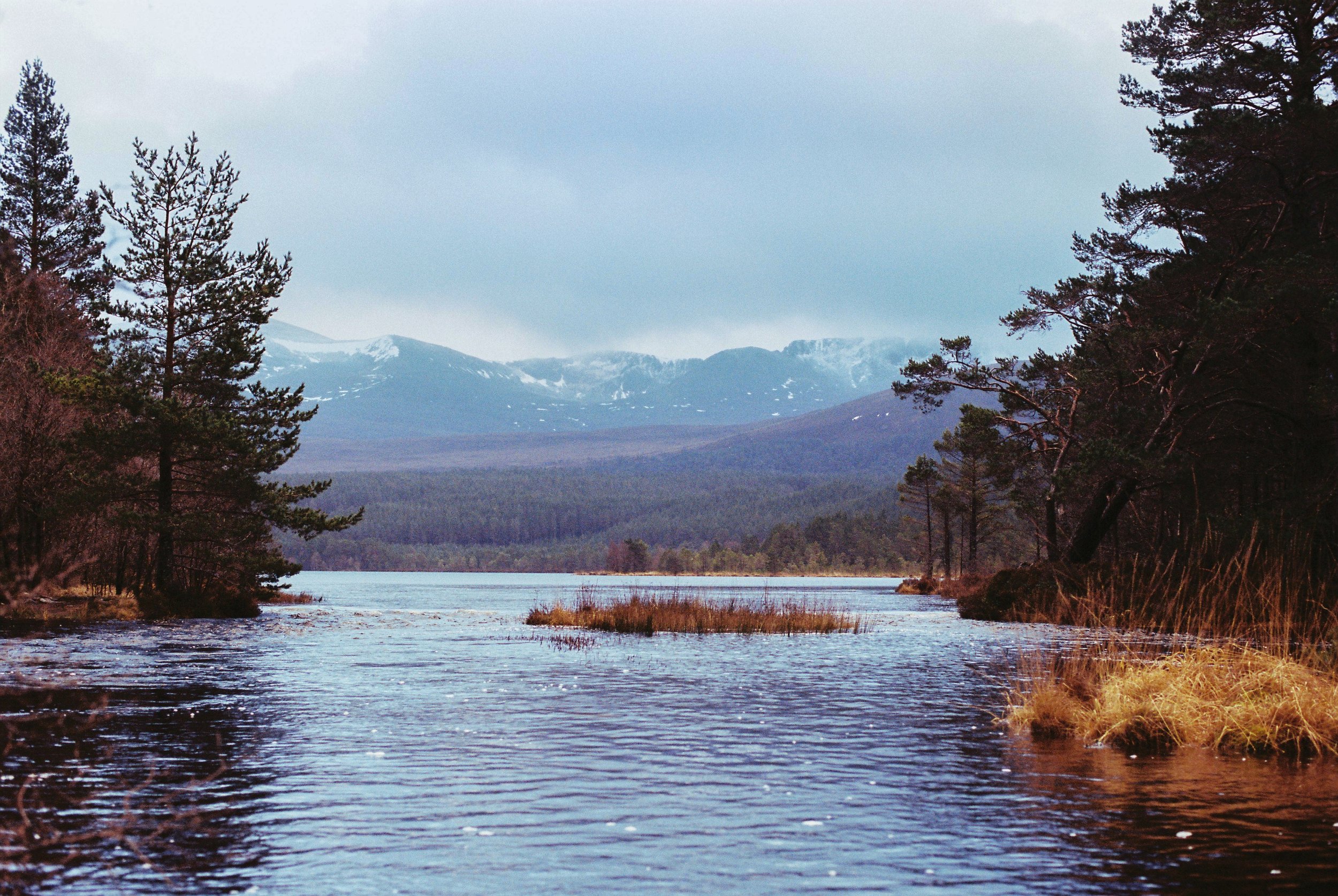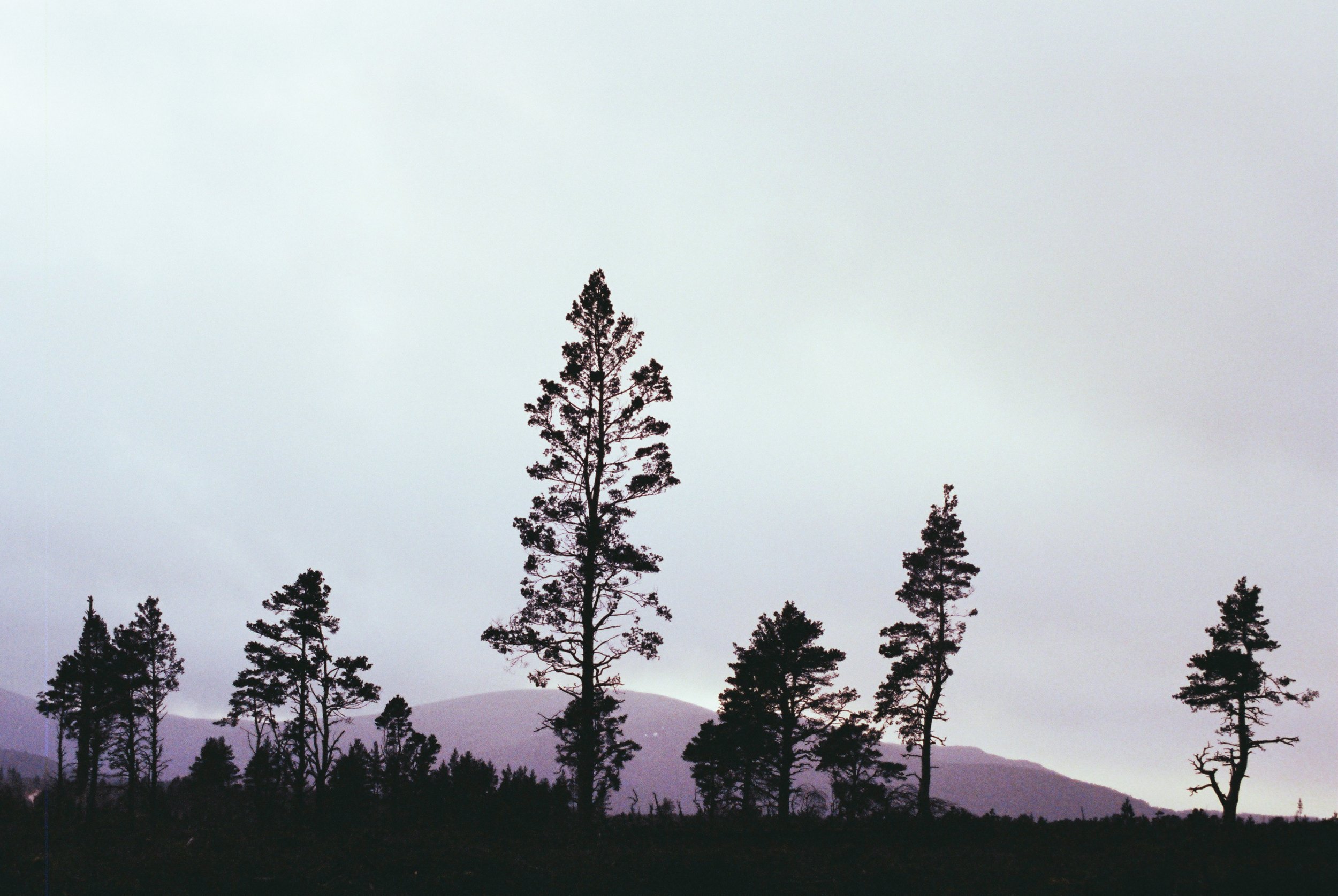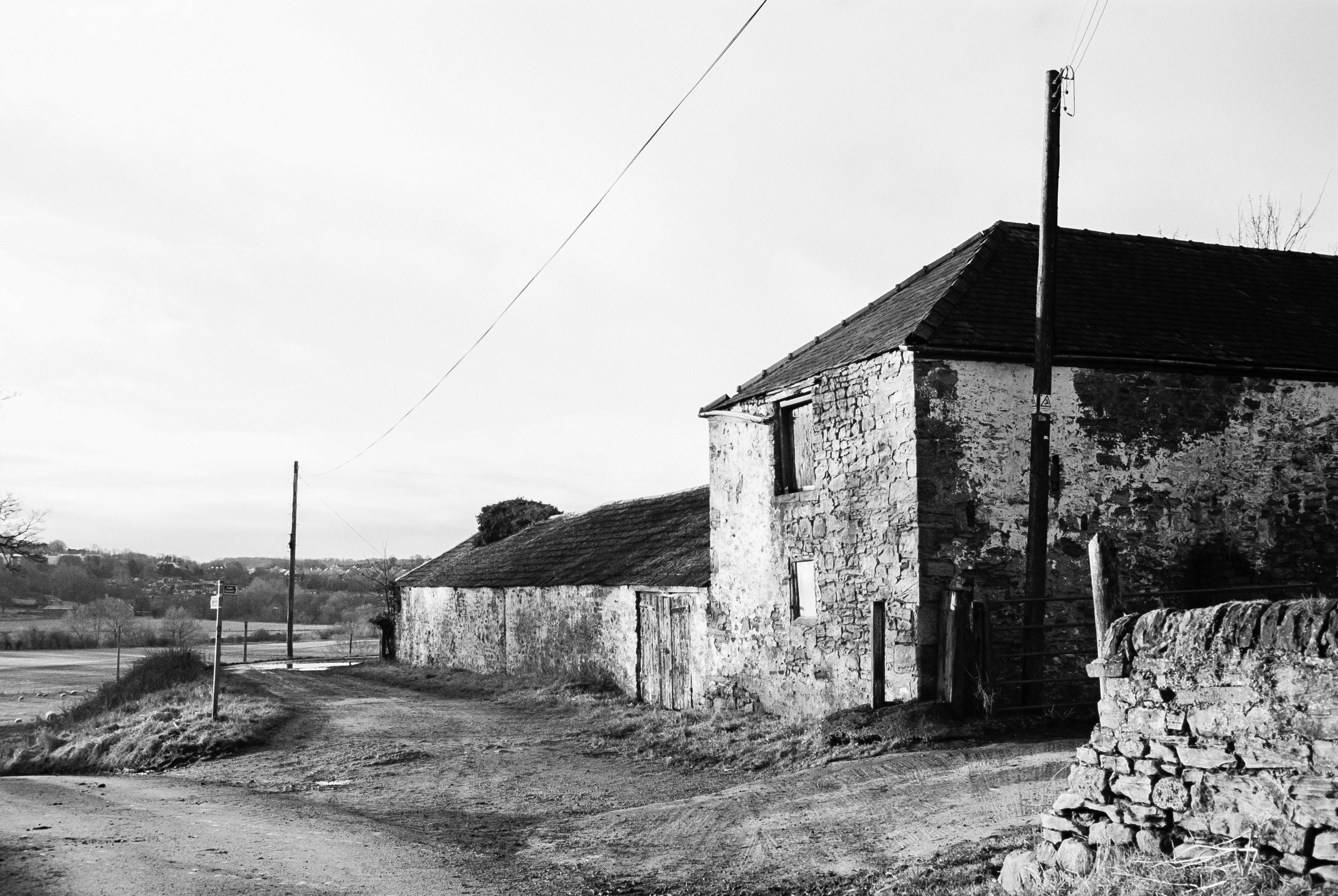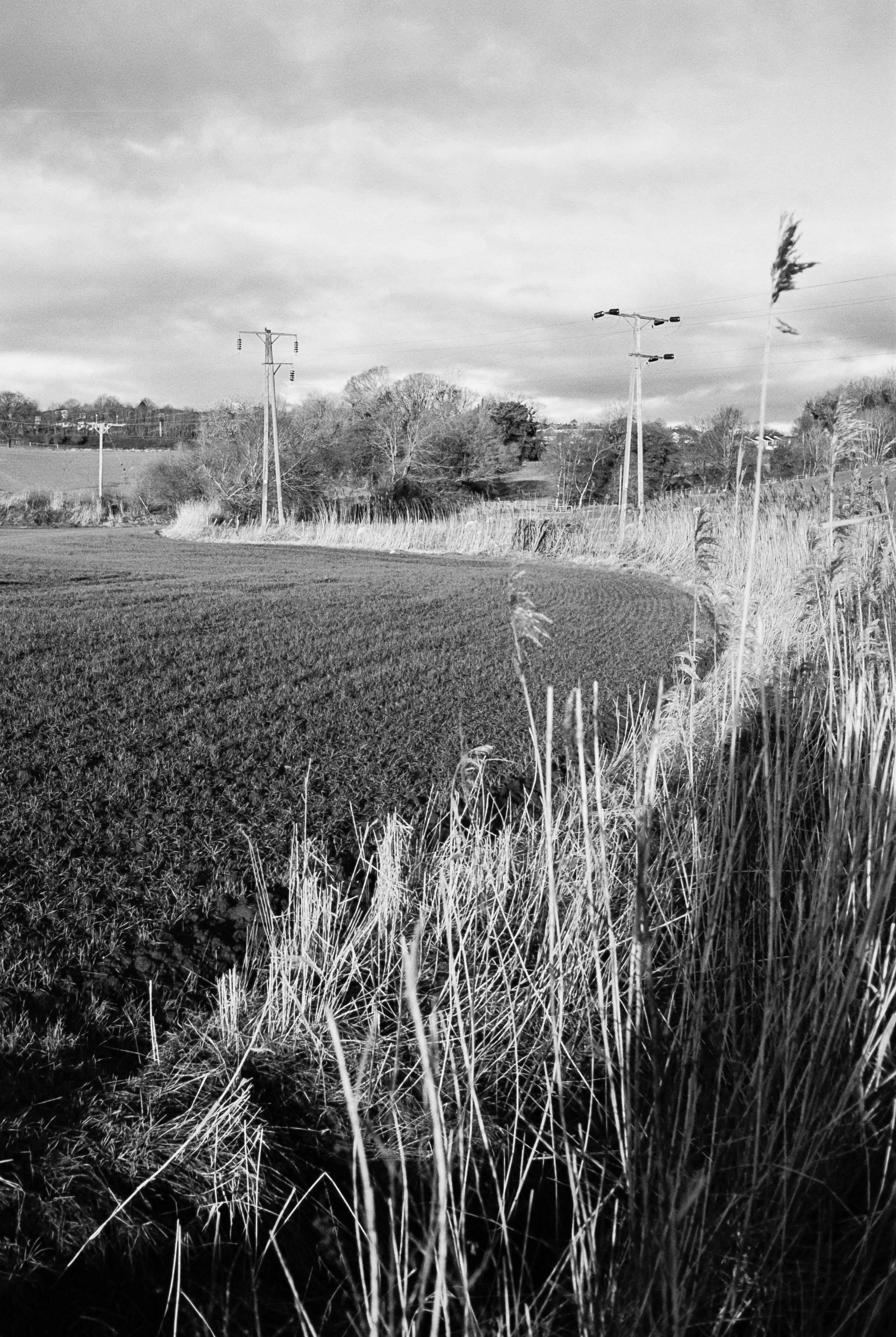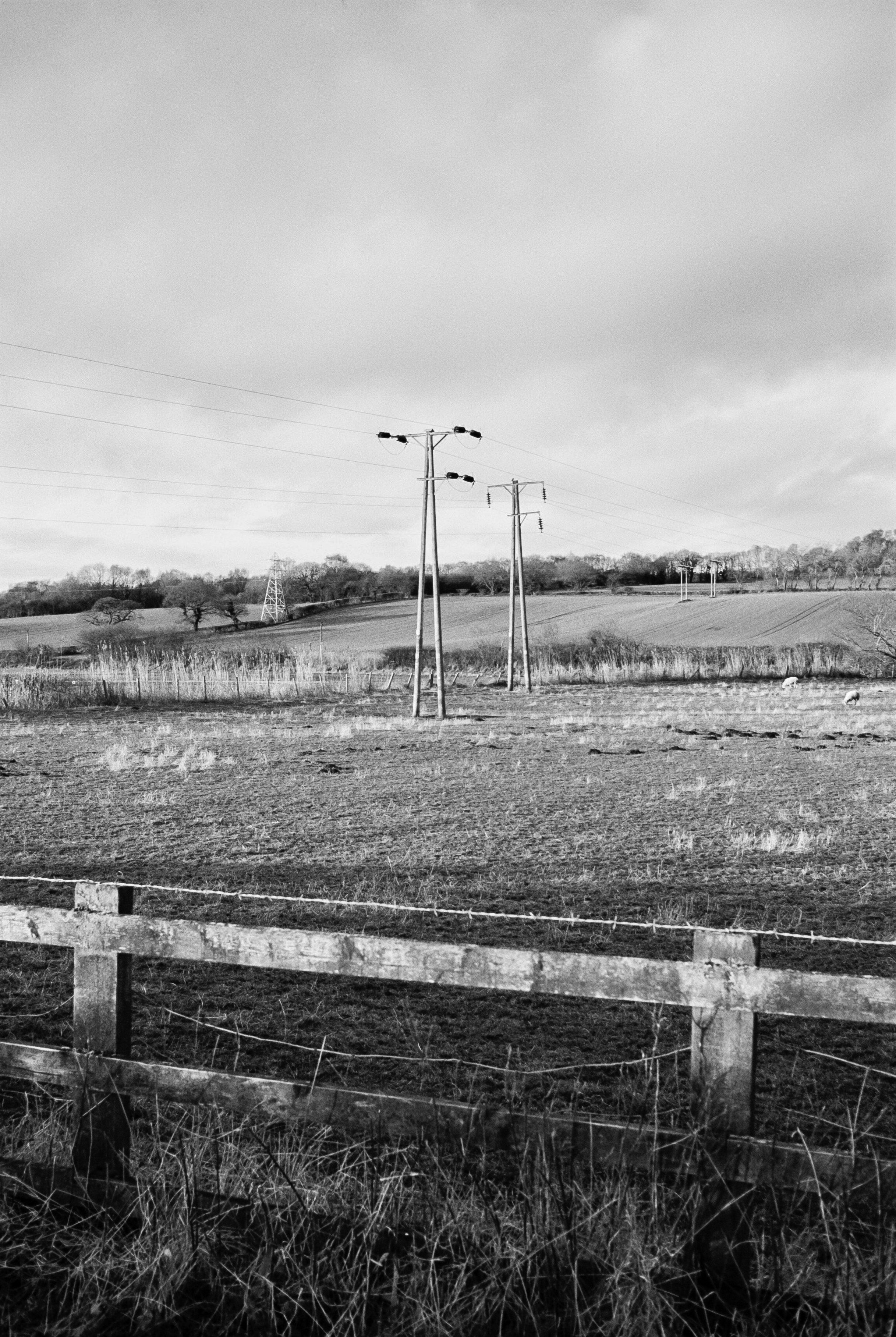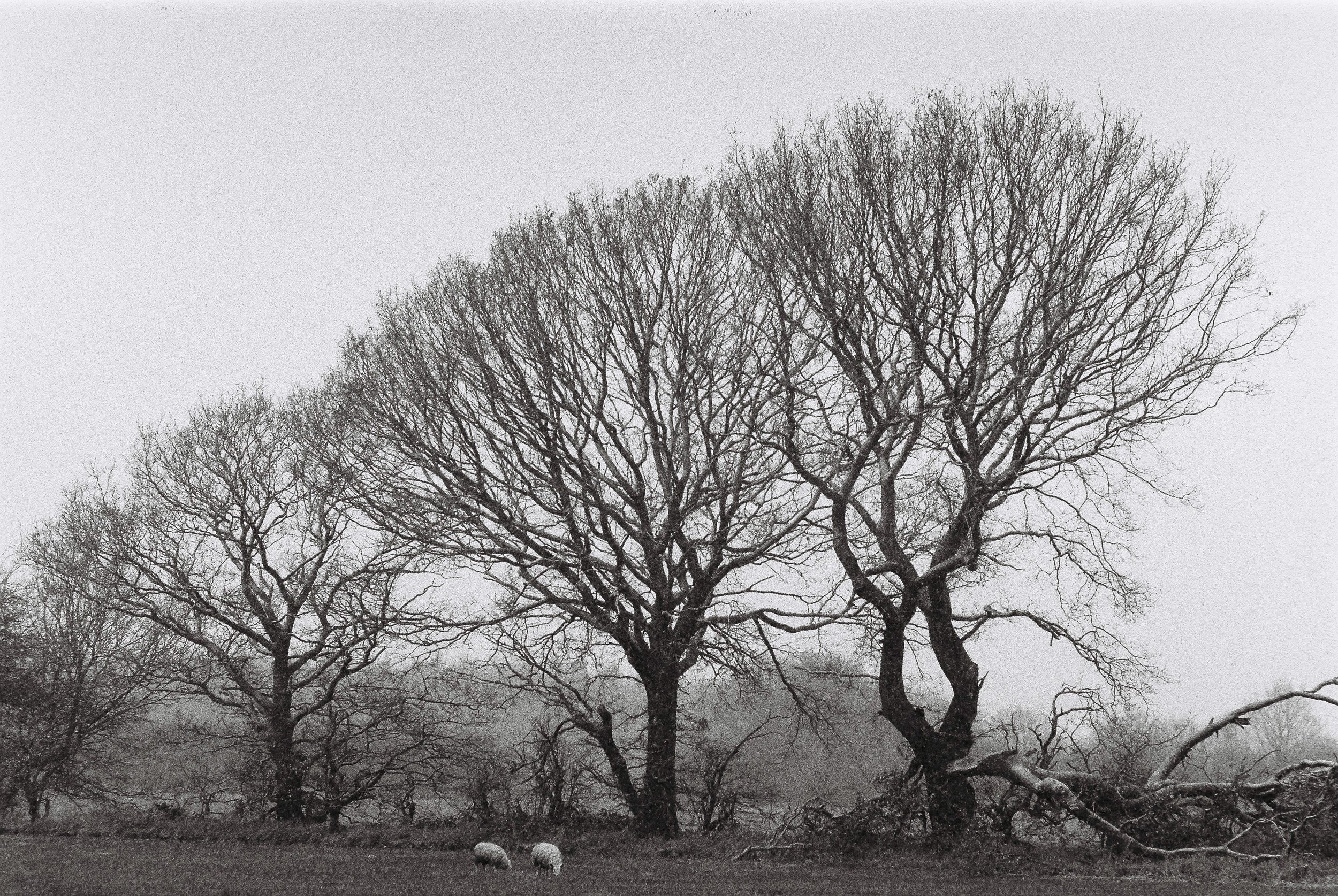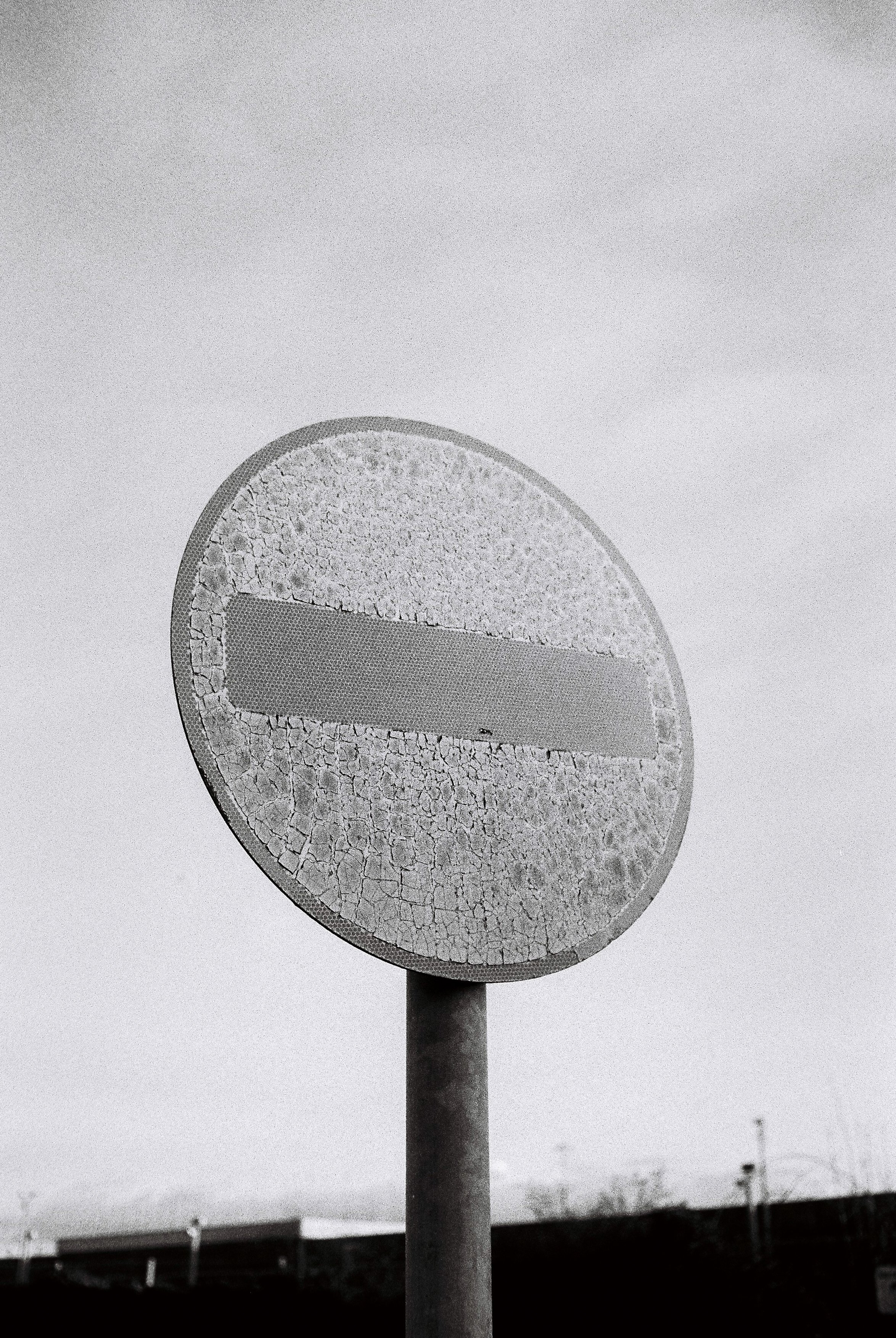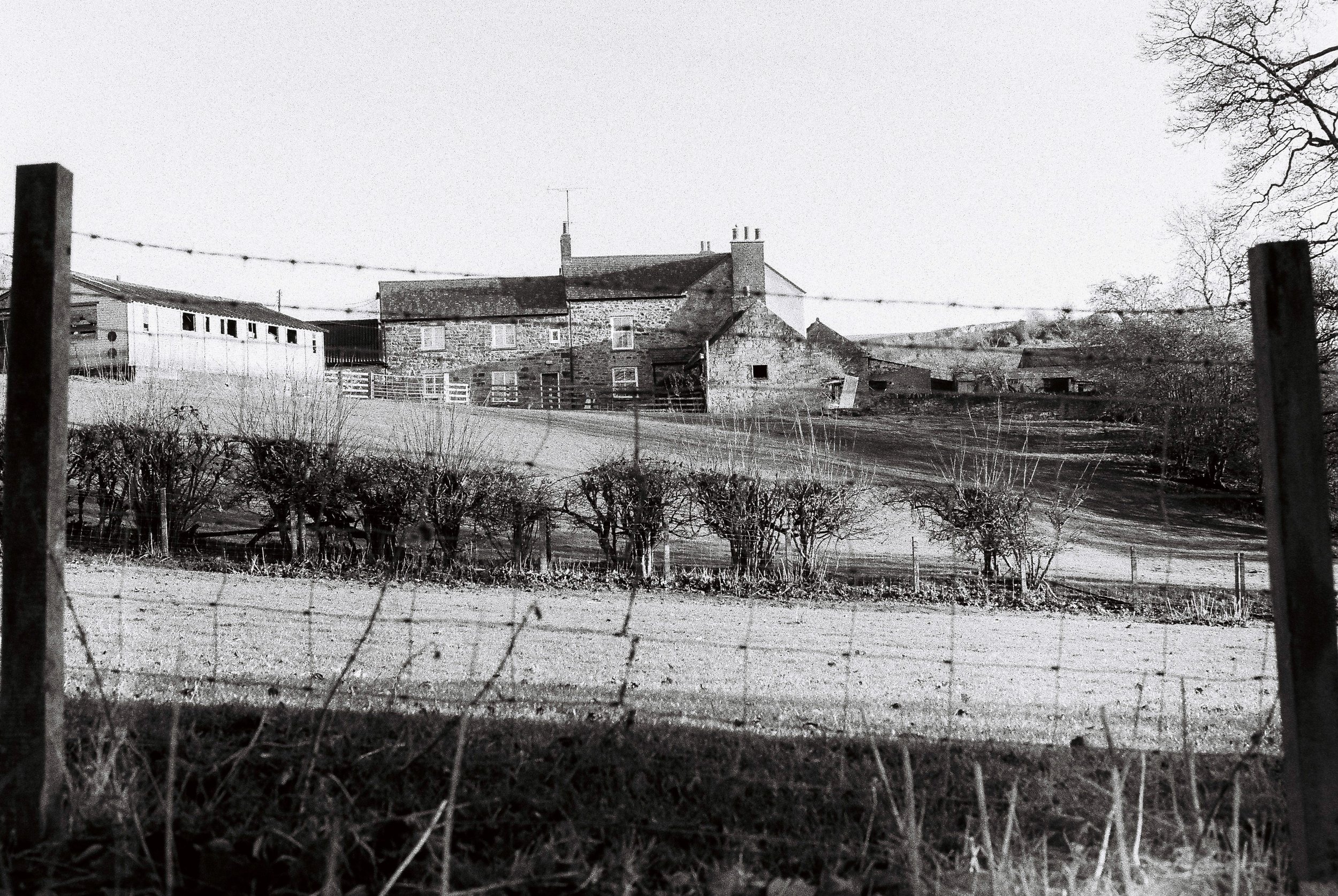Analog Lessons.
Around 10 years ago, I started my journey in photography. Inspired by Ben Harrington’s photos, I grabbed a DSLR and got to work. The satisfaction and joy I found in photography were unlike anything else I have ever experienced creatively. I loved it from the start. However, problems started to arise when I began enjoying the outcome more than the process.
I progressed from an entry-level DSLR to a high-end mirrorless system, and what I found was a brand new layer of disconnect that destroyed my enjoyment. The knowledge I'd learned felt irrelevant, the photos felt ready-made, and the creative process seemed to start when I took the average photograph into Lightroom and began editing, hoping to create a dramatic, almost fake photograph worthy of some Instagram likes.
In December 2023, I decided to make a few changes. Changes that would take me away from digital and back to analog:
Stop planning my life on my phone and use a note pad and pen.
Stop reading on my Kindle and buy physical books.
Stop shooting hobby photos digitally and buy a 35mm film camera.
Each of these three changes has been transformative in its own right, but the last point is the one we are discussing today.
35mm of pure guess work
For someone who arrived at the party after the mainstream film era had ended, going back from digital to film kind of felt like a dark art.
I've likened it to a foreign student learning English and then being dropped in Newcastle. The language is technically the same, but words mean different things, and there are new words you have never heard before that mean things you don’t entirely understand.
After heading out with my camera, I immediately knew that I had found exactly what I had been looking for.
And then I received the scans from my first two rolls of 35mm film.
This is hard
I felt a bit disappointed; the colors were not what I was used to, and I had numerous frames that were blurry too. Turns out film cameras are not quite as forgiving as their younger siblings.
If I'd shot these photographs digitally, I would have considered the photographs boring and the entire photo walk to Durham a waste of time.
Yet, although the photographs are not my best work, the photographs were irrelevant. I had enjoyed my time with my new film camera so much that I didn't even care about how the photographs turned out!
Purity and change
After initially learning photography, I quickly found a style that I liked, an approach that seemed to work, and I stuck with that.
I carried on shooting the same things, in the same way, with the same style almost every time for years. That is, until I purchased my 35mm film camera.
The inability to see the photograph immediately after you've taken it allows you to disengage from the result and focus more on the process. The manual focus, the manual aperture ring, and the film advance lever all connect you to the process and help you become more intentional with your photographs.
I began capturing photographs of new subjects, in new locations, infused with fresh ideas and a revitalised perspective on the entire process. At the time, I hadn't realised it, but this camera had uncovered a new layer of artistic expression within me that I didn't know existed.
Seeing what I saw
Since embracing film photography, I've discovered more about myself as a photographer than I ever did during my extensive time with digital cameras. This newfound insight, I believe, stems from the manual nature of film photography.
Engaging deeply with each shot – peering through the viewfinder, manually focusing, adjusting the aperture and shutter speed, then hearing the satisfying click of the mechanical shutter – fosters a level of intentionality that is instrumental in honing one's skills.
With my digital camera, a typical shoot might yield anywhere from 200 to over 1,000 photographs, often including numerous nearly identical shots. This volume can make it challenging to discern what I truly like or dislike, or to pinpoint areas for improvement. Moreover, it's uncommon for me to vividly recall my intentions for each digital photograph.
In contrast, when I receive my film scans, I'm instantly transported back to the moment of each shot – I remember what I felt, what I saw, and what I aimed to capture. Whether I'm pleased with the outcome is secondary; each film photograph invariably offers valuable lessons that contribute to my growth as a photographer.
My first finished film project
Based on my love for this perfect 4-mile walk, I decided to get to know the walk better, and thus the project was born. 'Four Mile Loop' was a project I shot over 1 month with 35mm film. It's broken into each individual mile over the course of 40 pages.



